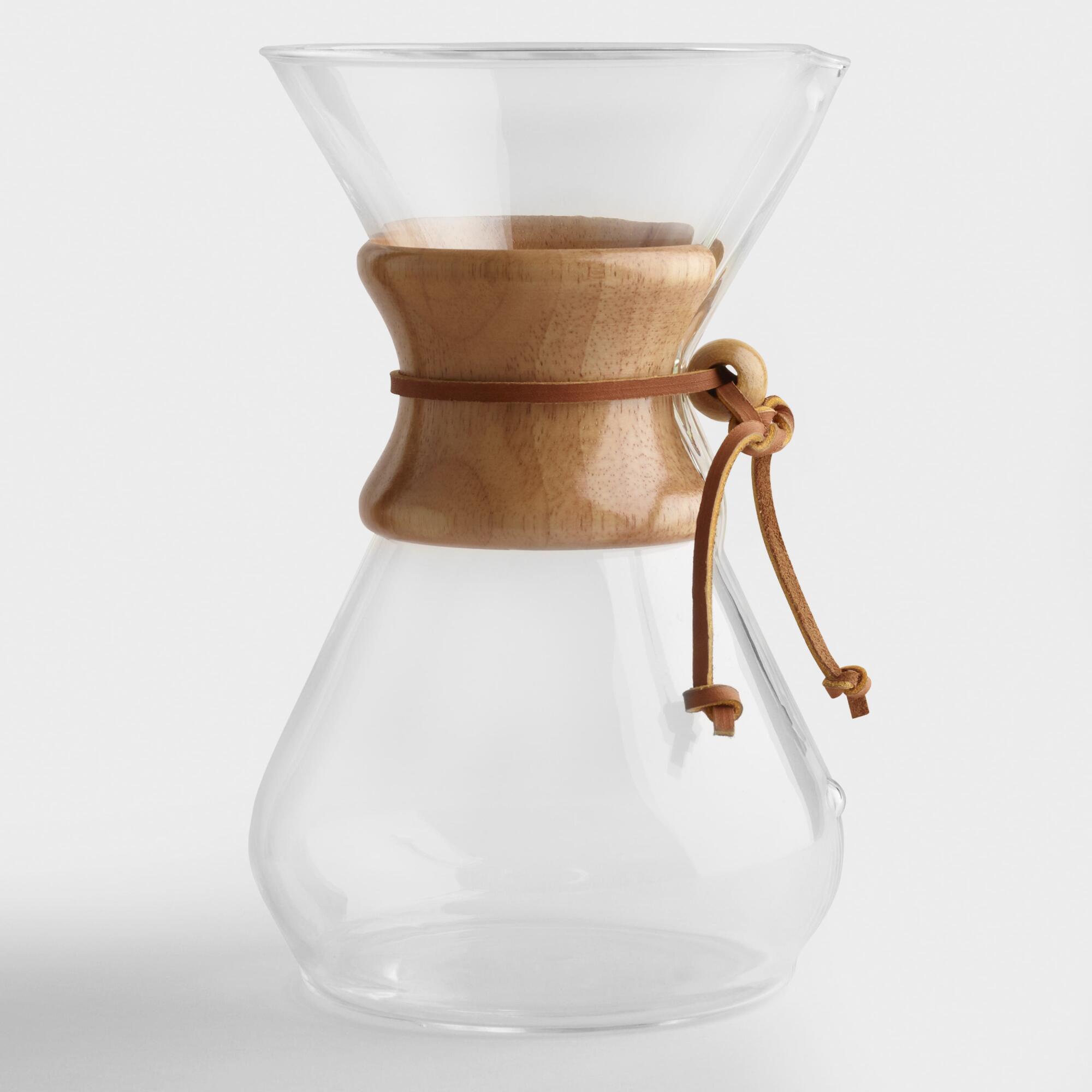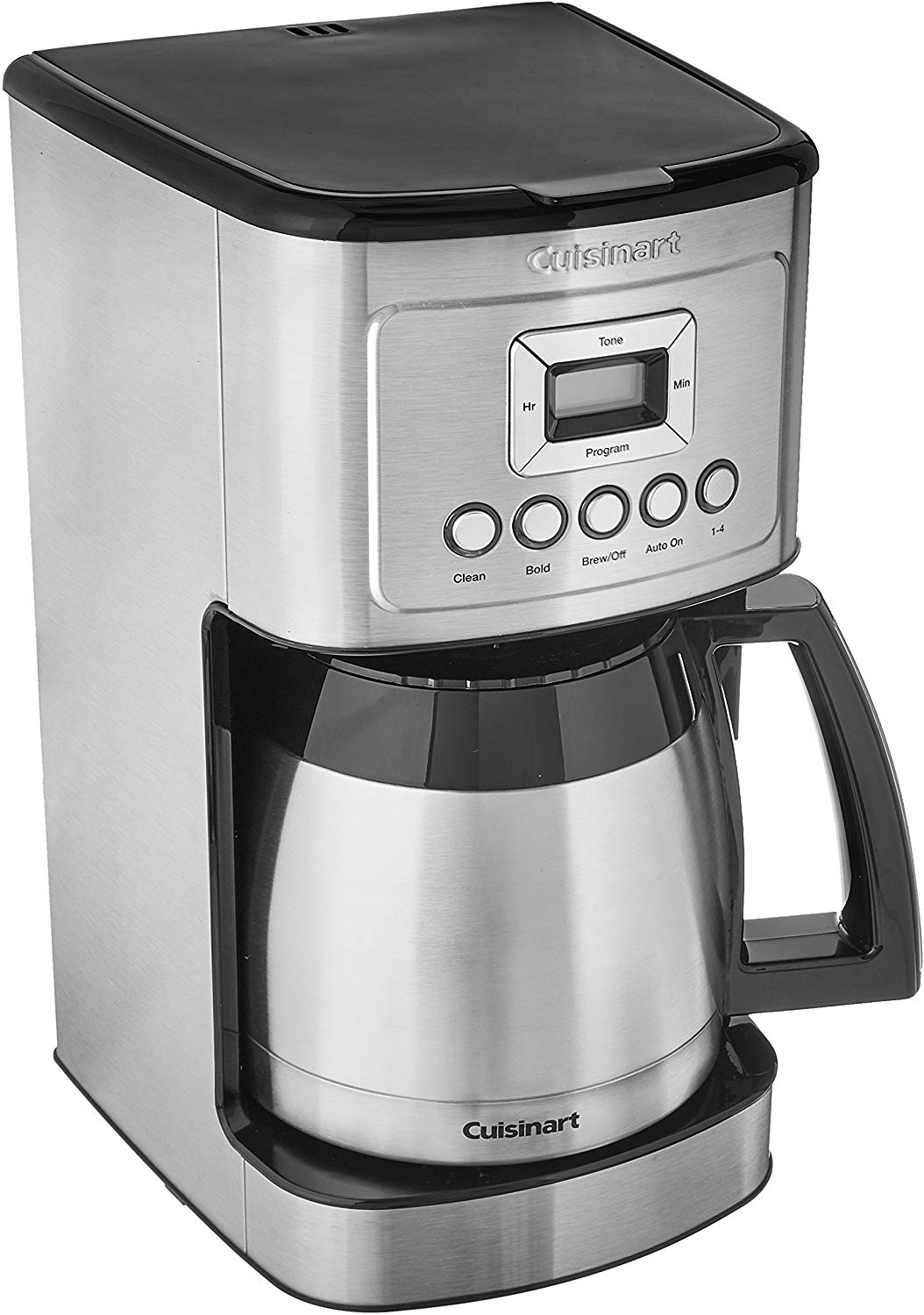Why Can't I Find An Affordable Coffee Maker?
Posted by Kenneth Poindexter on Jan 15th 2020
As my coffee habit ramped up over the holidays, I lost patience for the pour-over routine or aeropress. Now, the alternatives have me backpedaling.
We’ve all got a morning ritual. With luck, the dawn of each day is comfortably rote, with not a single neuron wasted on morning tasks. Unless there’s a glitch. At the end of last year, my need for a fast cuppa joe over my laborsome task for fresh roasted coffee suddenly became dire—and it revealed how needlessly obsessive and laborious it is to make pour-over coffee.
A perfect cup—like, international-barista-contest perfect—requires significant effort. You must put the water to boil; weigh the beans; grind the beans; set a filter atop a Chemex

(or other pour-over device); and aim streams of temperature-correct water with purposeful intent over the grind. Weigh to the gram to reveal the roaster’s finely tuned notes of lemon-lime soda, red currant, and peach.
How did I get here? To a place where I obsessed over meticulously constructing a cup of coffee to reveal complex tasting notes? Using the pits of fruits grown thousands of miles away in sweaty equatorial regions, and then roasted in heirloom machines exhibition-style by mustachioed, beanied, and tattooed folk? That tilled-earth smell of freshly ground beans is a real place in heaven, but once the coffee hits the cup, I really only care about two things: the coffee can’t taste not good, and it must have caffeine.
With that rubric, a transition to an automatic coffee maker made sense. The tech has been around since boomers took their first sips—and today, it could expedite my mornings with little sacrifice. A perfectly timed cup could be waiting for me—nay—could lure me out of bed each morning as I reflect on the days when I was once amongst the cool coffee makers, artisans, and the one who strive to taste the graham cracker and white chocolate in a fair-trade roast.
So over what I thought would be my last fussy cup, I cruised the internet for an automatic coffee maker. I wanted something elegant to replace the svelte glass chalice of my Chemex—something that could compliment my kitchen. I searched for something that wouldn’t take up too much space on my counter...that didn’t have a plug...that didn’t look…like a coffee maker.
What I already knew—but had to rediscover—was that automatic coffee makers are countertop kitchen appliances through and through. They’re bulky, they mostly look bad, and they’re hard to hide. Blenders can be stashed, but the coffee maker, intended for everyday (and at times twice-a-day) use, must remain present atop a kitchen counter to achieve the convenience that my growing impatience demanded.

